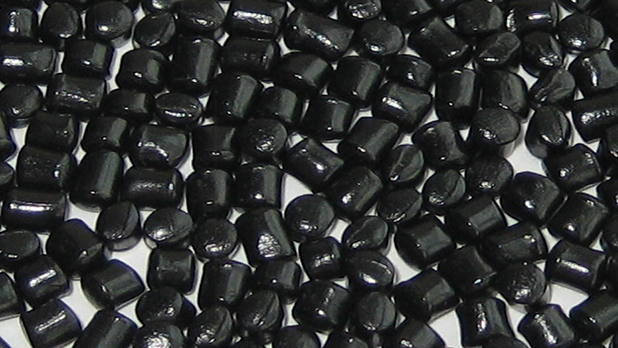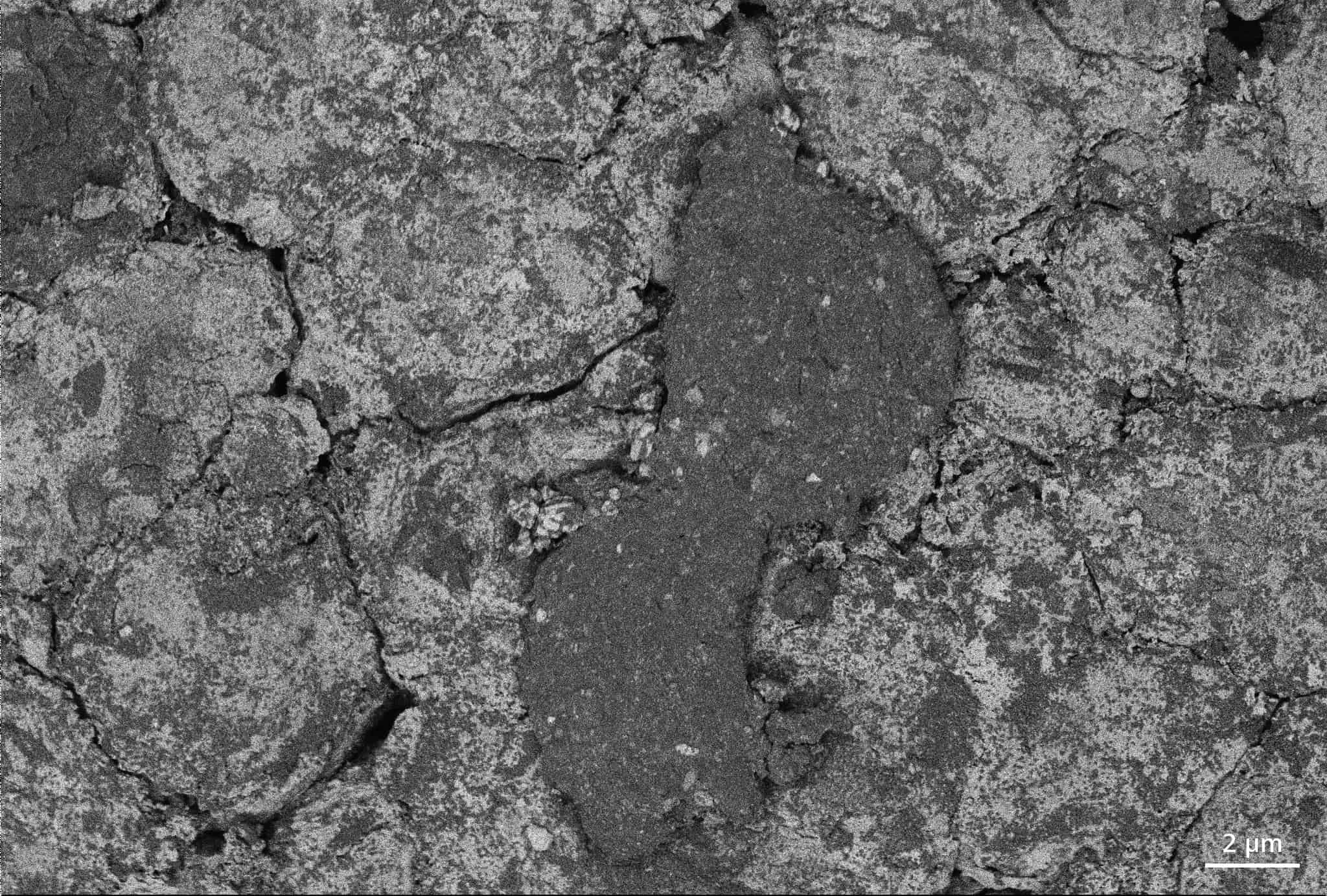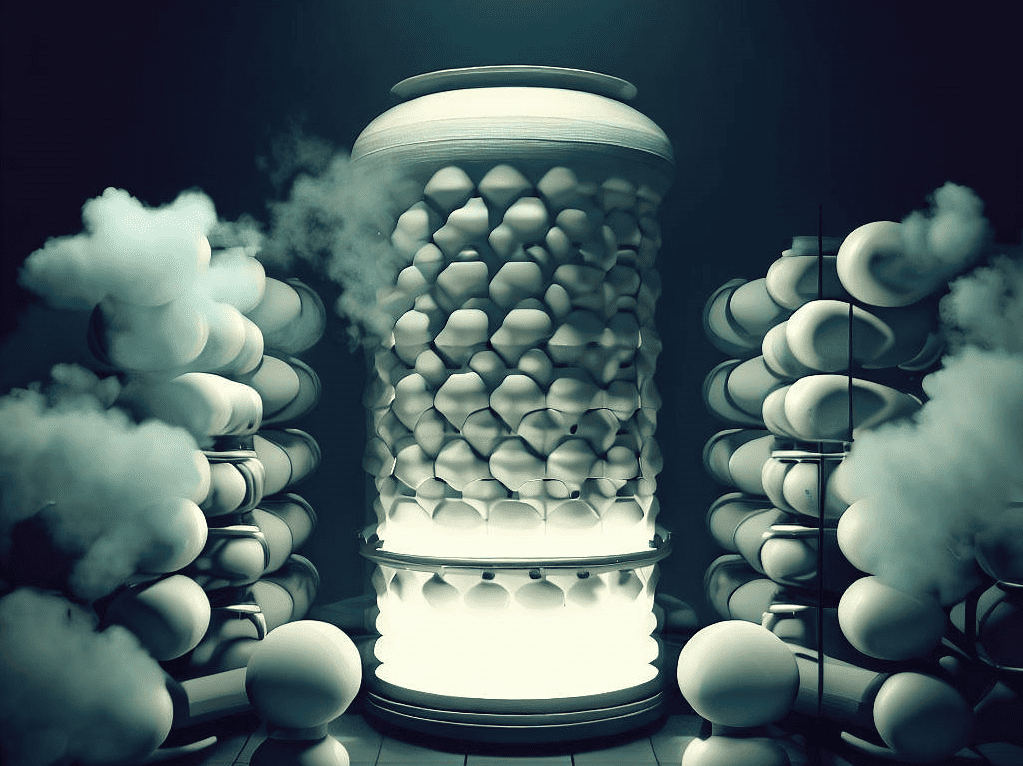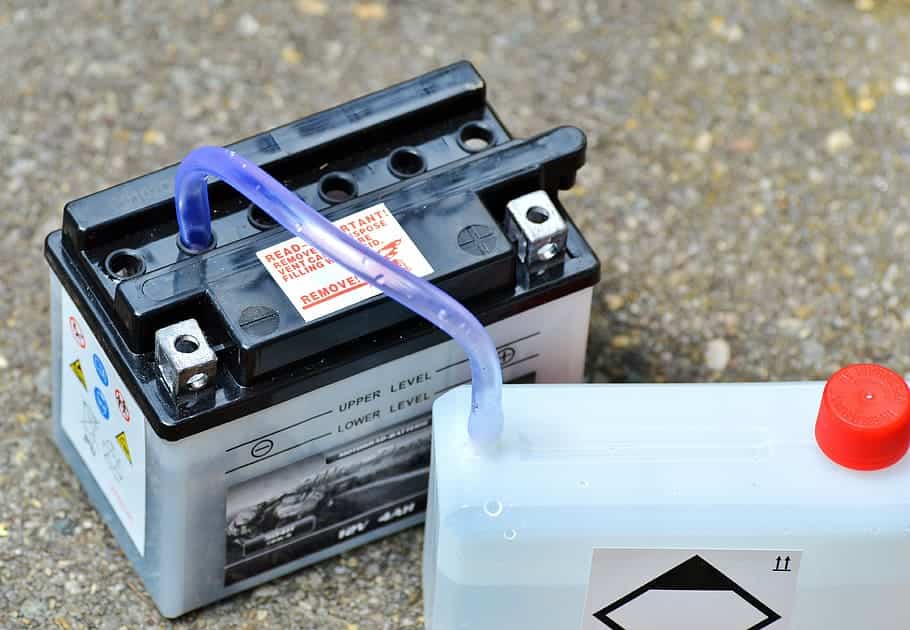
These days, lithium-ion batteries are the most common. Because of their small weight, they work great on electronic devices. They are also used more and more in the automotive industry (electric cars), as energy storage, and even in aviation. As a result, the demand is constantly increasing. Resources needed for these cells are not widely accessible, though. Therefore, you need to look for alternatives, writes Warsaw University of Technology in a press release.
Calcium and magnesium instead of lithium
Polish and Slovenian researchers have decided to explore the potential of metal-organic batteries.
“We want to improve the properties of next-generation cells that are based on calcium and magnesium ions and an organic cathode,” explained Prof. Władysław Wieczorek from the Faculty of Chemistry, project manager.
The weak dissociation of salts of such metals is a challenge for the researchers. This means that these salts are not sufficiently soluble in the organic solvent to produce enough electrical conductivity, producing sufficiently efficient cells.
However, researchers have found a solution.
Something must be added
“We intend to apply electrolyte additives,” explains Prof. Władysław Wieczorek. “In the first stage, these will be commercial additives. By doing this, we want to investigate how various functional groups affect how cells function.”
The data obtained from the research and the results of theoretical calculations will then be used to synthesize the already specially designed additives. The researchers also plan to develop new organic cathode materials – of high energy and capacity.
“This, we believe, will allow us to achieve metal deposition/dispersion efficiency above 99 percent and will significantly increase the number of discharge/charging cycles possible,” adds Maciej Marczewski, PhD, Eng., leader of the tasks to be carried out by the Polish side.
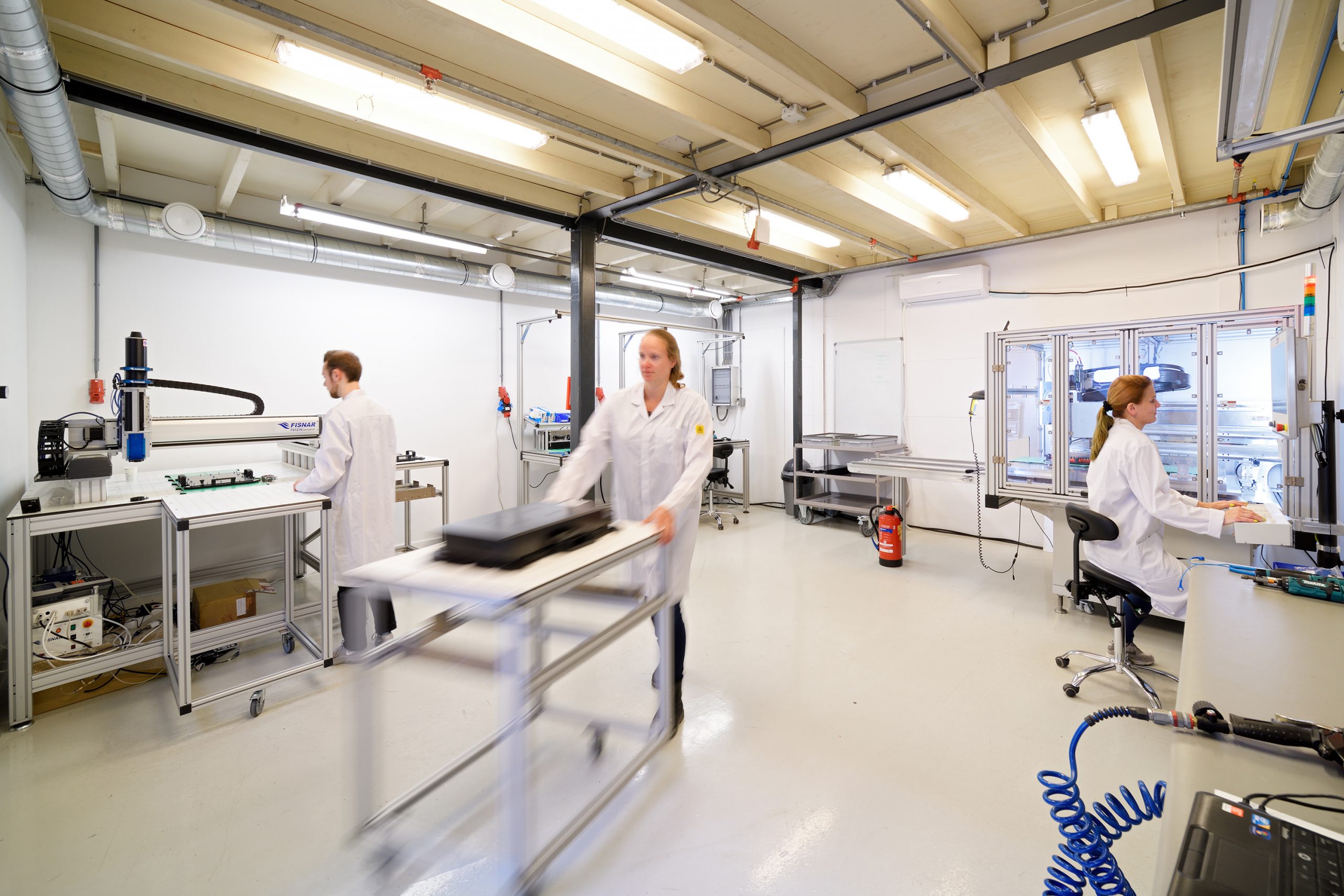
The project brings together the experience and skills of Prof. Władysaw Wieczorek’s team from the WUT Faculty of Chemistry (responsible for developing electrolytes and their additives) and Prof. Robert Dominko’s team from the Slovenian National Institute of Chemistry (dealing with the development of cells based on multivalent metals).
The “High energy battery additives based on divalent metal ions and organic cathode” project has received funding in the OPUS 22 + LAP/WEAVE competition, implemented by the National Science Centre and the Slovenian Research Agency.
Selected for you!
Innovation Origins is the European platform for innovation news. In addition to the many reports from our own editors in 15 European countries, we select the most important press releases from reliable sources. This way you can stay up to date on what is happening in the world of innovation. Are you or do you know an organization that should not be missing from our list of selected sources? Then report to our editorial team.


